3-11-2024
See these two 2011 Liliputing and TechCrunch articles, which were partly the inspiration for this project:
https://liliputing.com/pixel-qi-suggests-low-power-tablets-could-be-powered-by-1w-solar-panels/
(6-3-11)
https://techcrunch.com/2011/06/04/first-solar-powered-laptop/ (6-4-11)
12-30-2023
New Name idea: Project Sorites? Or, Plato and the Sorites Paradox.
https://en.wikipedia.org/wiki/Sorites_paradox I've liked this term for building PCs, and my solar motherboard project, because, a lot of the abstract brainstorming in defining a standard, is very much dependent on vague, open source standards which may or may not need to be adopted. Thus, a Lego-like system with modular and interoperable parts, resembles the slow disappearance of a form factor/laptop as it is slowly disassembled and reassembled, each part like a grain of sand.
"A typical formulation involves a heap of sand, from which grains are removed individually. With the assumption that removing a single grain does not cause a heap to become a non-heap, the paradox is to consider what happens when the process is repeated enough times that only one grain remains: is it still a heap? If not, when did it change from a heap to a non-heap?[3]
Paradox of the heap
The word sorites (Greek: σωρείτης) derives from the Greek word for 'heap' (Greek: σωρός).[4] The paradox is so named because of its original characterization, attributed to Eubulides of Miletus.[5] The paradox is as follows: consider a heap of sand from which grains are removed individually. One might construct the argument, using premises, as follows:[3]
1,000,000 grains of sand is a heap of sand (Premise 1)A heap of sand minus one grain is still a heap. (Premise 2)
Repeated applications of Premise 2 (each time starting with one fewer grain) eventually forces one to accept the conclusion that a heap may be composed of just one grain of sand.[6] Read (1995) observes that "the argument is itself a heap, or sorites, of steps of modus ponens":[7]
1,000,000 grains is a heap.If 1,000,000 grains is a heap then 999,999 grains is a heap.So 999,999 grains is a heap.If 999,999 grains is a heap then 999,998 grains is a heap.So 999,998 grains is a heap.If ...... So 1 grain is a heap."
So is this a laptop, phone or tablet?
Well, if you have carefully analyzed the Sorites Paradox, it can be any of the three, and you are the decider of what defines the "completed" assembly of the mobile device. There is not a wrong answer, since one person may use the a different combination of standards to build a different system using some of the building blocks.
---
Also see Andreas Erikksen's prototype for a simpler (and functional) demo: https://hackaday.io/project/184340-potatop :)
-----
Update 10/22/2023: See post on laptop design could benefit from Plato's Ideal World of 3rd Party components: https://hackaday.io/page/21232-platos-ideal-world
Update 9/28/2023: https://www.raspberrypi.com/news/introducing-raspberry-pi-5/ It cost $25 million to build the Raspberry Pi 5, plus $15 million to develop the RP1 I/O controller. "Under development since 2016, RP1 is by a good margin the longest-running, most complex, and (at $15 million) most expensive program we’ve ever undertaken here at Raspberry Pi."
And, "However, the much higher performance ceiling means that for the most intensive workloads, and in particular for pathological “power virus” workloads, peak power consumption increases to around 12W, versus 8W for Raspberry Pi 4."
The first Raspberry Pi, Model B, released in 2012, used between 0.9W and 1.1W. The Model A and Pi Zero used as little as 0.4W. The Rpi 5 watt...
Read more » Giovanni
Giovanni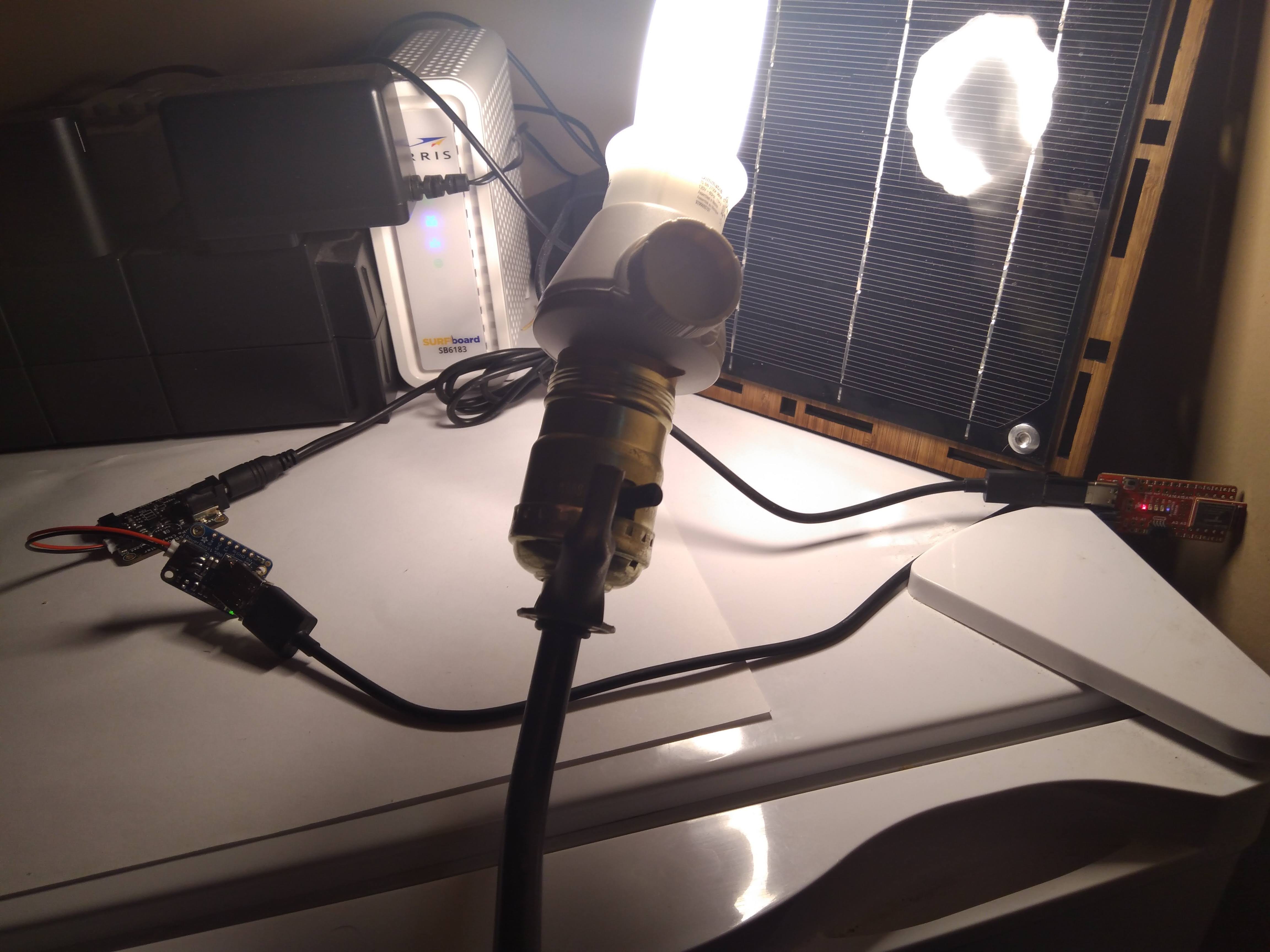


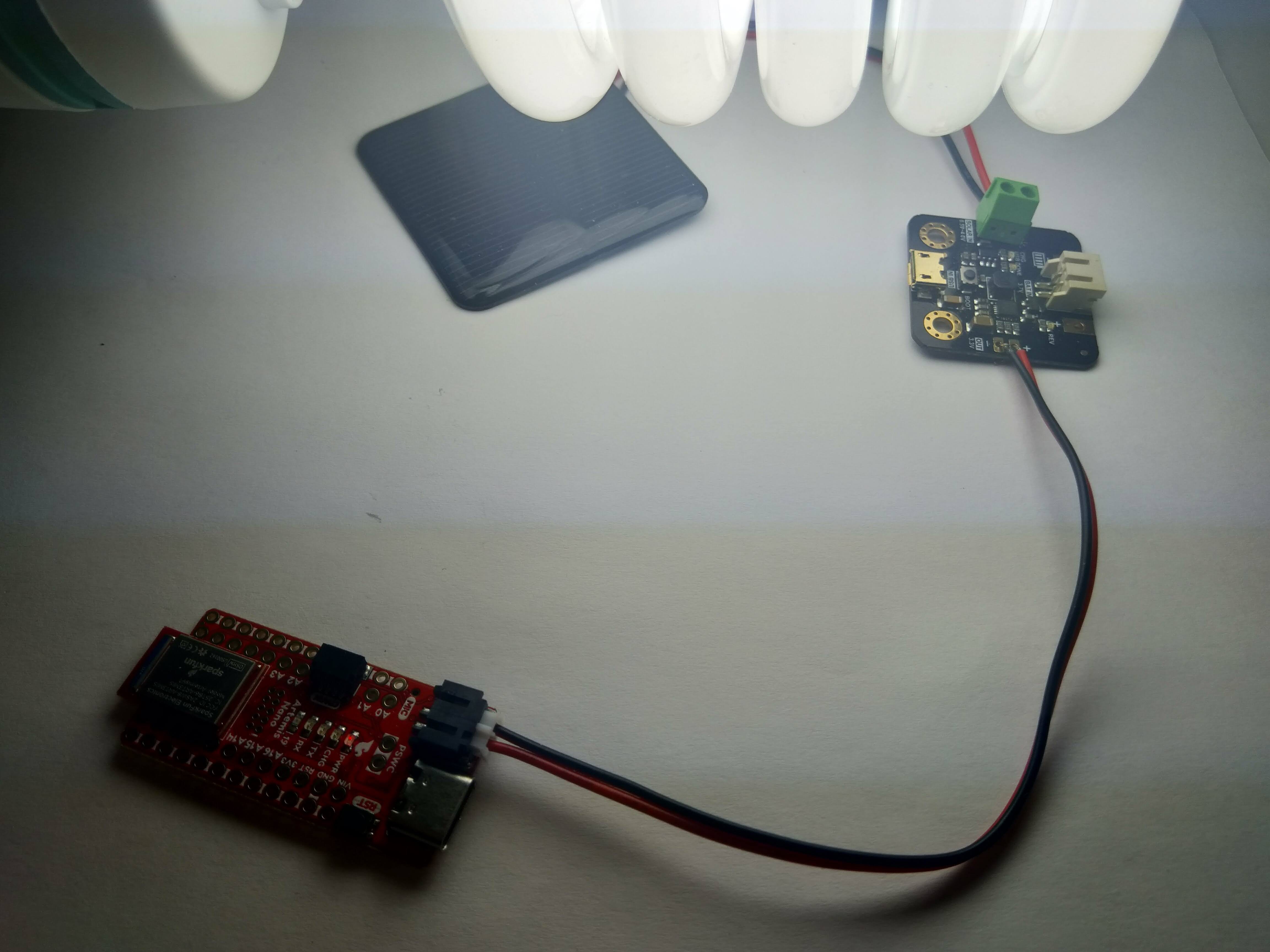

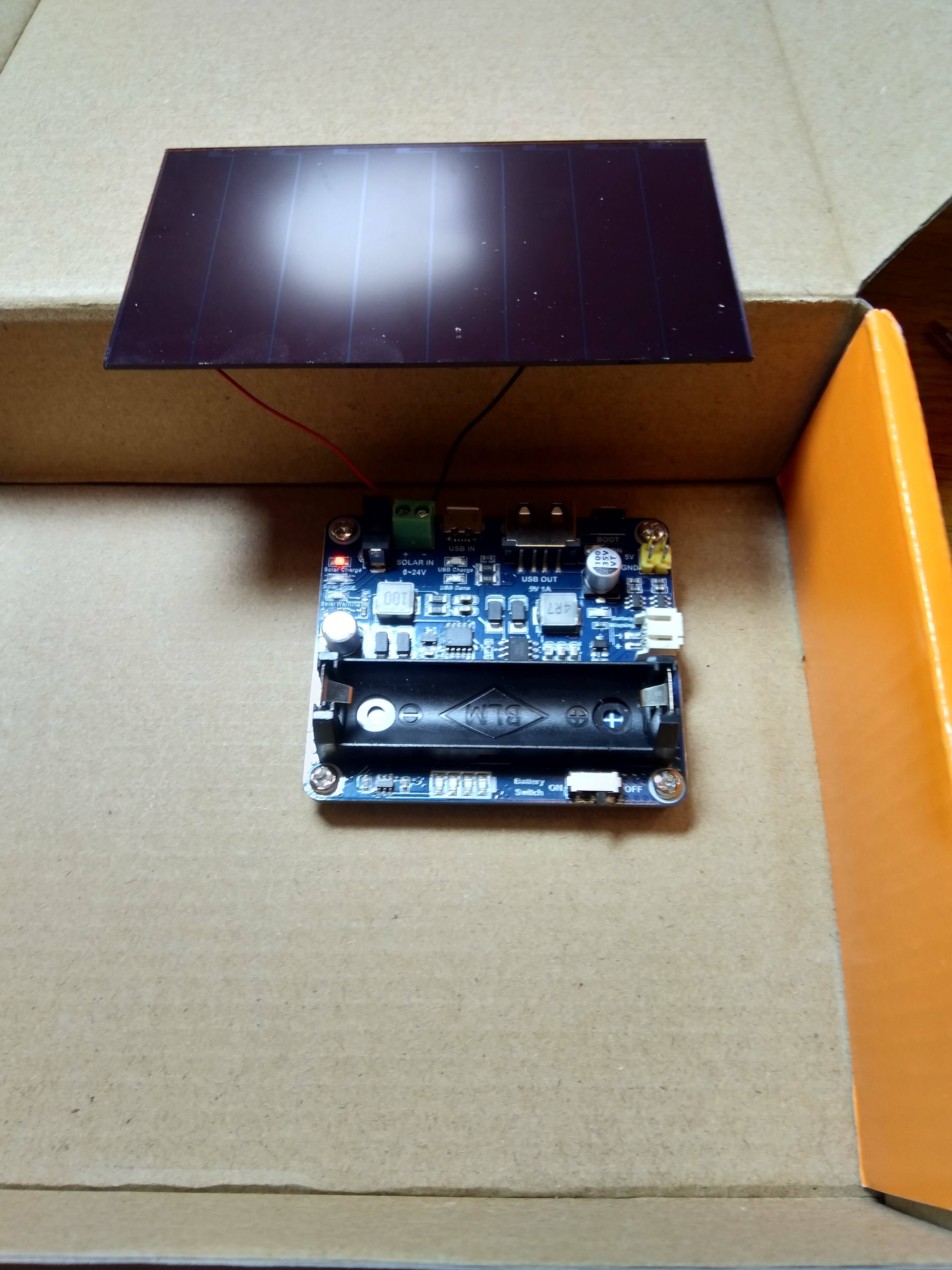


 OzQube
OzQube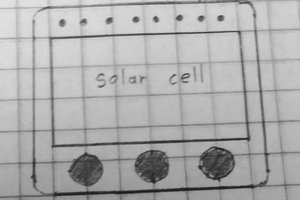

 Jay Doscher
Jay Doscher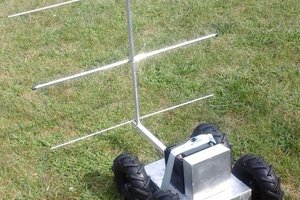
 Glenn Powers
Glenn Powers